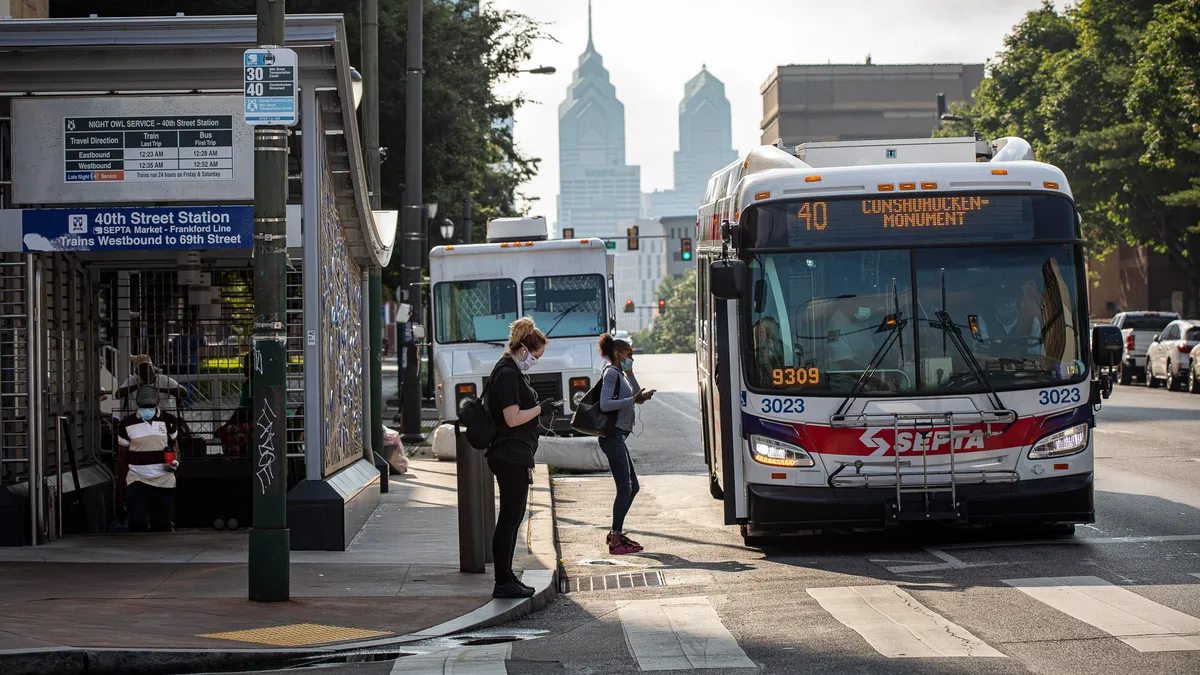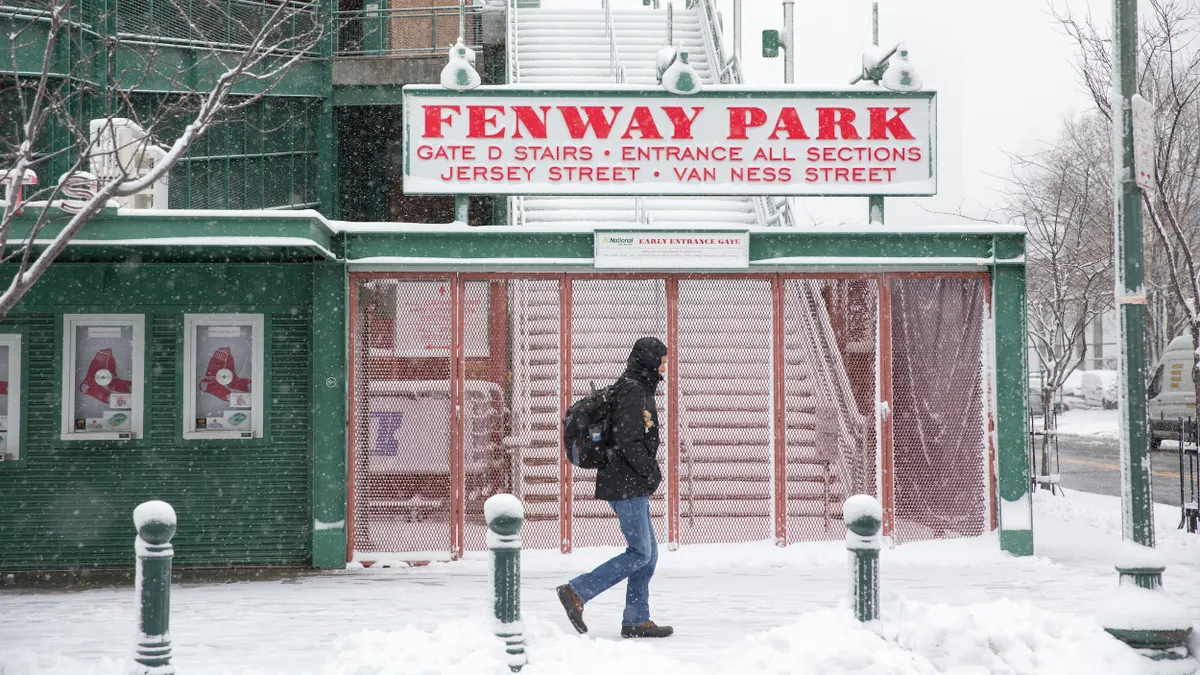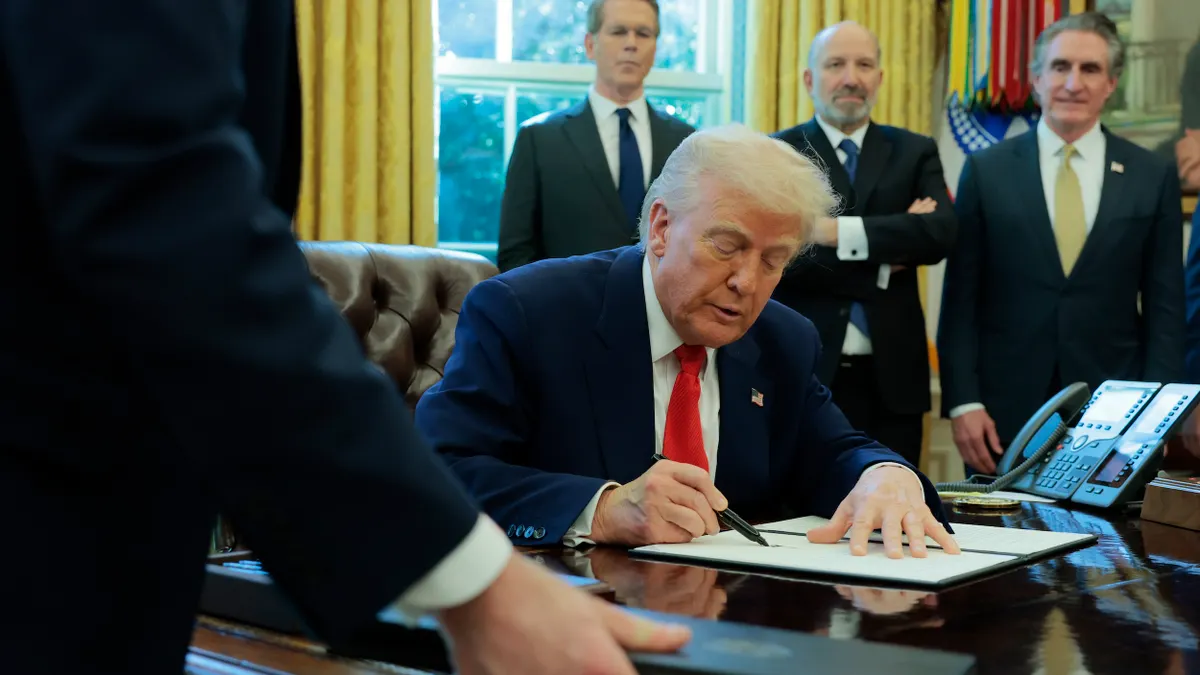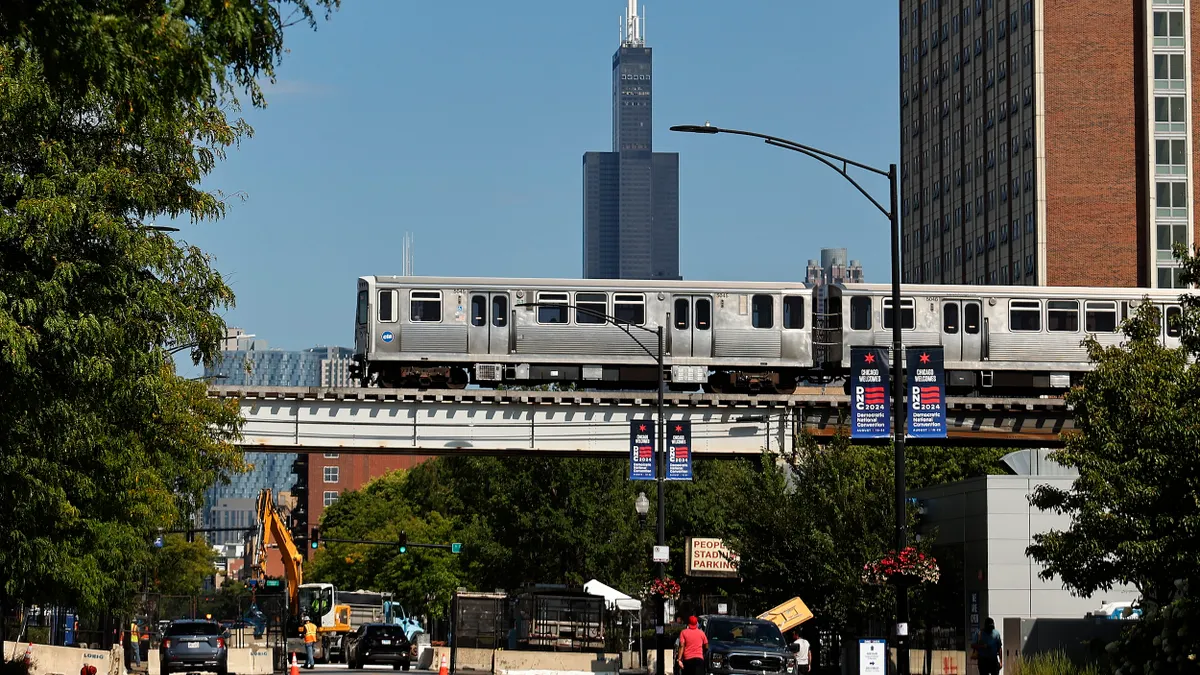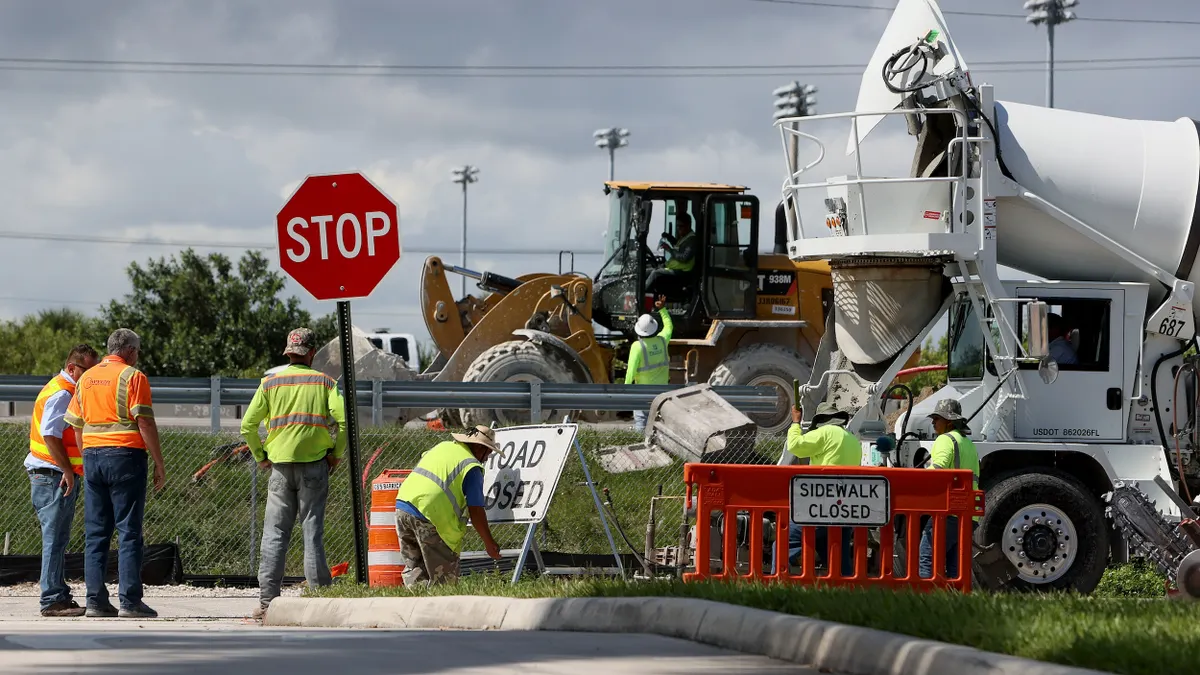Public transit agencies are busy creating new strategies to deal with multiple problems, said Paul Lewis, chief finance officer and policy director at the Eno Center for Transportation, while moderating a webinar panel last week on reforming governance to transform cities.
Transit agency leaders from Philadelphia, southern Nevada, and metro Vancouver, British Columbia, named funding, climate change, and vulnerable populations as major issues they’re contending with right now. Governance challenges, they said, come from having to answer to multiple overseers and addressing the needs and priorities of the multiple communities they serve.
“There's an assumption that if you've seen one local government organization, you’ve seen them all,” said M.J. Maynard, chief executive officer at the Regional Transportation Commission of Southern Nevada. “Of course, that's not the case.”
SEPTA: The inner workings of the sixth-largest U.S. transit system
The Southeastern Pennsylvania Transportation Authority, serving the Philadelphia region, is governed by a 15-member board comprised of two members from each of the five counties it serves, and five appointed members representing the governor and state legislature, explained SEPTA CEO and General Manager Leslie Richards. About half of SEPTA’s operating funds come from the state, with about a third from operating revenue and the rest from local and federal subsidies.
Richards said the transit agency has to convince the state legislature and the governor of their needs and how funds would benefit the Commonwealth of Pennsylvania as a whole.
A bill currently in the Pennsylvania General Assembly would allow some Pennsylvania counties to impose local taxes to help fund local transit systems. “But legislators at state are very reluctant to give away any type of authority that they already have,” Richards said.
SEPTA was formed by the Pennsylvania legislature in 1963, but much of its infrastructure dates back to the early 1900s. It operates regional rail, buses, trolleys, subway and a high-speed line. But even newer transit systems face similar issues.
Las Vegas: A sprawling, car-centric region
The Regional Transportation Commission of Southern Nevada serves as the area’s metropolitan planning organization. The commission manages funding, owns and operates an area-wide transit system and administers a regional plan to build complete communities.
“Our transit system … has a lot of potential, it has a lot of opportunity, but like every transit agency, funding is a problem,” said Maynard. Sales tax revenue provides nearly 40% of its funds, with fares accounting for less than 10%.
Primarily a bus system with 39 routes, Maynard pointed out that they do not own the right-of-way. “Convincing the city or the county to give up a lane of traffic in car-centric Southern Nevada, especially for a bus or bike project, can be extremely challenging regardless of our government structure,” she said.
But, she noted, safety is a priority among all government bodies and something they can agree on. Getting an agreement in principle doesn’t mean everything will go smoothly, however.
The Boulder Highway project is one example that Maynard pointed to. The project includes low-speed access lanes, widening sidewalks and dedicated center-running transit lanes. But while RTC provides the funding, "they do not tell the jurisdictions when to fund the project. It's really up to them,” Maynard explained.
Vancouver: Getting consensus combines politics and positive impacts
TransLink plans, finances and manages three transit operating companies in the metro Vancouver region that operate commuter rail, bus, ferry, trolley and the automated SkyTrain system.
“The governance is is really quite complex up here,” said TransLink CEO Kevin Quinn. It’s overseen by a board of directors and a mayor’s council.
Quinn said that especially in metro Vancouver, like Nevada, control of the street right-of-way is a struggle for TransLink. “Rolling things out like bus priority infrastructure can be challenging,” he said.
The key is getting consensus, said Quinn. Solutions can take different forms and require different funding sources. Getting policymakers to invest in those solutions requires a combination of what's politically doable and the positive impact that it's going to have on the region.



